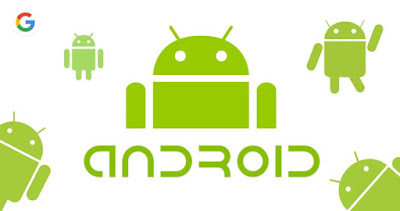Android App Development Trends in 2023
In the fast-paced world of technology, staying ahead of the curve is essential for developers. The Android app development landscape is no exception. As we step into 2023, it's crucial to explore the latest trends, tools, and best practices that will shape the Android app development industry in the current year.
1. Kotlin Continues to Dominate
Kotlin, introduced by JetBrains in 2011, has been the preferred language for Android development since Google officially endorsed it in 2017. In 2023, Kotlin remains the top choice for Android app developers. Its concise syntax, null safety, and seamless interoperability with Java make it indispensable for modern app development.
2. Android Jetpack
Android Jetpack, a suite of libraries and tools, simplifies common development tasks. With updates and enhancements in 2023, Jetpack offers even more features like Navigation, WorkManager, and CameraX, empowering developers to create high-quality apps efficiently.
3. Composable UI
Jetpack Compose, introduced in 2021, is revolutionizing the way Android UIs are built. This declarative UI toolkit allows developers to create dynamic and interactive interfaces with less code. In 2023, Compose is expected to gain widespread adoption, leading to more visually appealing and responsive Android apps.
4. Artificial Intelligence and Machine Learning Integration
AI and ML are no longer buzzwords but integral components of app development. In 2023, developers will harness the power of AI/ML to enhance user experiences through features like personalized recommendations, predictive text, and image recognition.
5. Multi-Platform Development
Cross-platform development frameworks like Flutter and React Native continue to gain traction. These frameworks enable developers to write code once and deploy it on both Android and iOS platforms, saving time and resources.
6. Security and Privacy
As cyber threats become more sophisticated, ensuring the security and privacy of user data is paramount. Developers in 2023 will focus on implementing robust security measures, including encryption, biometrics, and app permissions, to protect user information.
7. IoT Integration
The Internet of Things (IoT) is expanding its influence in various industries. Android app developers are increasingly tasked with integrating mobile apps with IoT devices. This trend will grow as IoT applications continue to evolve.
8. 5G and Edge Computing
The rollout of 5G networks is changing the way apps function. With faster speeds and lower latency, 5G opens up opportunities for real-time, bandwidth-intensive applications. Edge computing complements 5G by processing data closer to the source, enabling quicker response times.
9. Accessibility and Inclusivity
Inclusivity remains a vital aspect of app development. In 2023, developers will prioritize creating apps that are accessible to all users, including those with disabilities. This involves adhering to accessibility guidelines and incorporating assistive technologies.
10. Continuous Integration and Delivery (CI/CD)
Efficient CI/CD pipelines are essential for faster development cycles and improved app quality. In 2023, developers will continue to invest in automation tools and practices to streamline the deployment process.
Conclusion
As we navigate the ever-evolving landscape of Android app development in 2023, these trends, tools, and best practices will shape the industry. Embracing these changes will not only help developers stay competitive but also ensure the delivery of innovative and user-centric Android apps in the years to come. Stay updated, experiment with new technologies, and keep pushing the boundaries of what's possible in Android app development.


Comments
Post a Comment